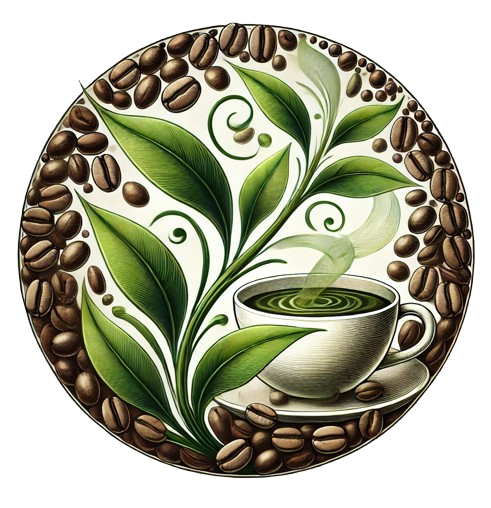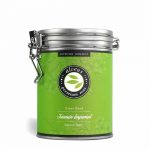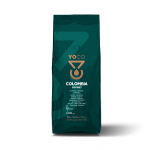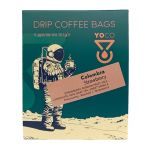For many coffee lovers, choosing between a latte and a cappuccino can feel like a small but significant decision, especially when both drinks are made with the same core ingredients: espresso and milk. Yet, despite their similar components, lattes and cappuccinos deliver distinct experiences in terms of taste, texture, and even the visual appeal. The difference primarily lies in the milk-to-foam ratio, which alters the flavor intensity and mouthfeel. Understanding what sets these two classic drinks apart can help you pick the one that best suits your preference, or guide you if you’re trying to make either at home. Below, we’ll explore the differences in their preparation and flavor.
Espresso: The Common Base for Both
Both lattes and cappuccinos start with the same foundation: a base of espresso. This is usually two shots of espresso, equal to about 60 ml of liquid. The espresso forms the heart of both drinks, providing the rich coffee flavor and the characteristic crema on top, which results from the pressurized brewing process.
The espresso-making process is the same for both drinks. Ground coffee is brewed under high pressure to produce a concentrated coffee shot, known for its deep flavor and slightly bitter notes. This espresso base is identical for both a latte and a cappuccino, and what sets the drinks apart is how the milk is handled and layered on top of the coffee. The espresso serves as the starting point, with everything that follows – from the steaming to the foam – differentiating the two drinks.
Latte: Creamier with More Milk
A latte is often recognized for its smooth, rich texture, which comes from the generous amount of milk used. In a typical latte, about 300 ml of steamed milk is added to the espresso base, creating a drink with a delicate balance between the coffee and milk. This milk is steamed to create a very fine microfoam, giving the drink its creamy consistency without overwhelming the coffee flavor. The foam layer on top of a latte is thin, usually around 1 centimeter thick, contributing to its lighter mouthfeel.
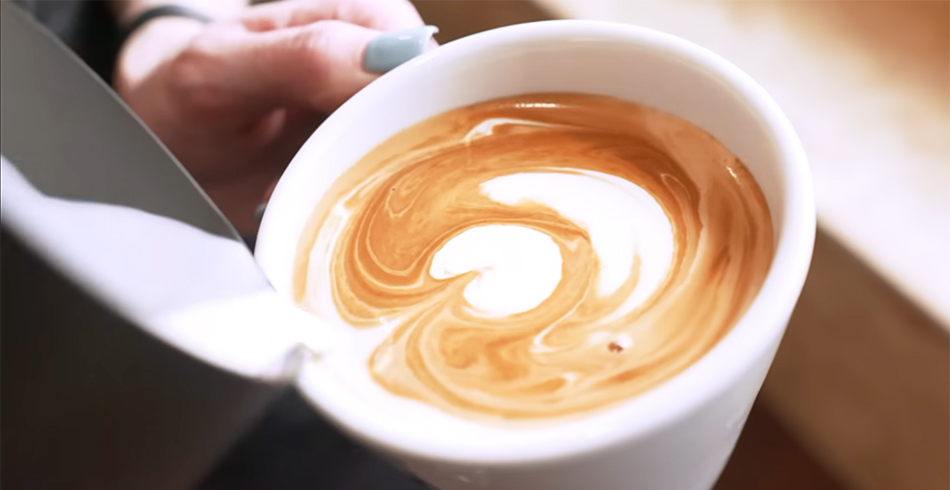
To achieve this texture, the milk is steamed with the wand positioned deeper into the milk to incorporate small air bubbles gradually. The result is a velvety, almost silky consistency that blends seamlessly with the espresso. Because of the higher milk content, lattes tend to have a milder coffee flavor compared to cappuccinos, making them a great option for those who prefer a softer, creamier drink. The ratio of milk to espresso softens the bitterness, creating a smooth, well-rounded flavor.
In many cafes, lattes are also finished with latte art, where the barista pours the steamed milk in a way that creates intricate designs on the surface, adding an aesthetic touch to the drink.
Cappuccino: More Foam, Stronger Coffee Flavor
A cappuccino, on the other hand, features a stronger coffee flavor due to the smaller amount of milk and the thicker foam layer. In a standard cappuccino, about 200 ml of milk is used, with a significant portion of that milk transformed into thick, dense foam. This milk-to-foam ratio gives the cappuccino a more intense coffee taste, as the espresso flavor is less diluted compared to a latte.
To create the foam, the milk is steamed with the wand placed closer to the surface, allowing more air to enter and create larger bubbles. The foam in a cappuccino is often compared to the consistency of melted marshmallows – thick and stable. This foam sits on top of the espresso, forming a layered drink where the espresso, steamed milk, and foam remain distinct.
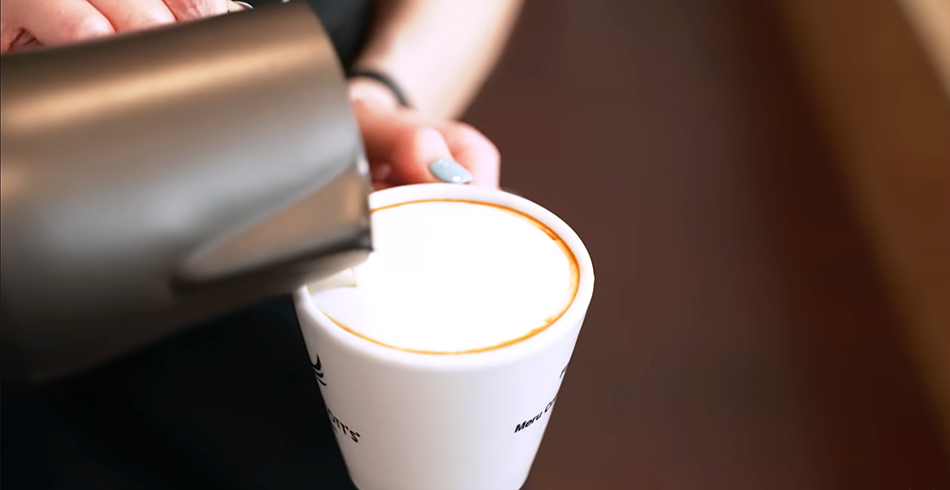
Because of this structure, a cappuccino has a stronger coffee presence, with the foam acting as an insulating layer that keeps the espresso hot while also providing a textured experience as you sip through the foam. The richness of the foam, combined with the stronger coffee flavor, makes cappuccinos ideal for those who enjoy a more robust coffee taste with a creamy finish.
Comparing Latte and Cappuccino
When comparing a latte to a cappuccino, the main difference comes down to the milk-to-foam ratio and how that affects both texture and flavor. Lattes have more milk, which results in a smoother, creamier drink with a subtler coffee taste. Cappuccinos, in contrast, feature less milk and more foam, creating a stronger coffee flavor with a dense, airy texture.
In terms of mouthfeel, lattes tend to be more velvety and smooth due to the microfoam, while cappuccinos offer a more textured experience, thanks to the thick foam on top. Visually, cappuccinos often have a more defined foam layer that can support a spoon, while the foam in a latte is more integrated into the milk.
A simple way to observe the difference is by using the “spoon test.” In a cappuccino, the foam is dense enough that a spoon can rest on top without sinking. In contrast, in a latte, the thinner foam causes the spoon to sink quickly.
Conclusion
While both lattes and cappuccinos start with the same espresso base, the differences in milk preparation create two distinct coffee experiences. A latte is ideal for those who prefer a creamy, mild coffee with subtle flavors, while a cappuccino offers a stronger coffee taste with a thicker foam texture. Understanding these differences can help you decide which drink best suits your taste preferences, whether you’re ordering at a cafe or making them at home. Regardless of your choice, both lattes and cappuccinos provide a delicious and satisfying way to enjoy espresso-based beverages.
